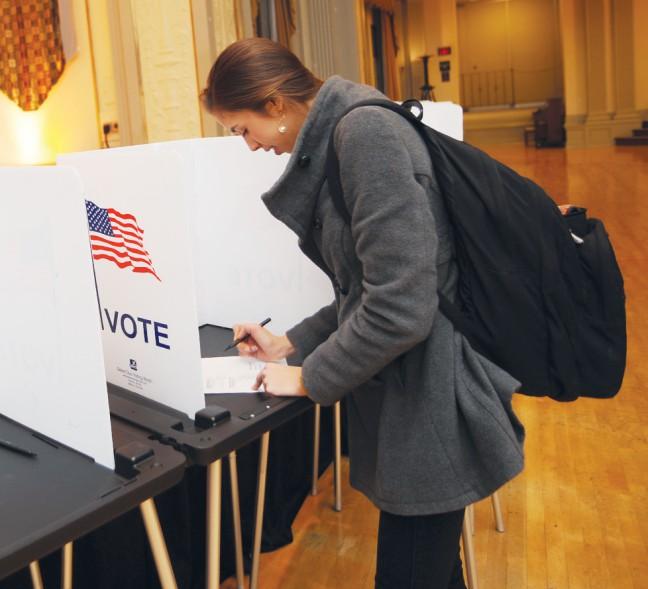As most people know, there is an undeniable link between the quality of education that a student receives and his or her social class. For obvious reasons, lower class children are not receiving high quality education, whereas middle and upper class children continue to have successful schooling experiences.
According to the U.S. Census Bureau, in 2010 more than one in five children lived in poverty. Children, whether they are rich or poor, are required by law to attend school until they are 16 years old. Attending school while struggling to survive can be extremely difficult for these lower class children. They may be homeless, starving and extremely tired when they enter school each morning.
Coping with other problems during the day interferes with these students’ ability to concentrate in school. How responsible are teachers for teaching these children, whose basic needs are not being fulfilled?
Part of the responsibility can be put on the teachers, and one could argue that it is a teacher’s job to teach under any circumstance. However, it is almost impossible for these children to go to school and learn when they are thinking about when they will get their next meal and where they will sleep the subsequent night. In addition, many schools do not provide adequate resources to assist teachers who deal with these problems, and the teachers are left for themselves.
So, maybe the teachers should shoulder some of the blame. But what about the parents? It is also their liability to fully provide for their children. Unfortunately, about 15 percent of the U.S. population today is poor, and children who are born into poor families are likely to grow up to be poor as well. If we really want to provide an equal education, the government needs to help these people get out of poverty and end the poverty cycle. In this way, children can grow up and receive a high quality education like their upper and middle class peers.
Fortunately, the government has implemented a few programs to combat poverty and provide poor children with a quality education – but none have been proven to be substantially effective. These programs include initiatives such as Head Start, which provides low-income children with formal education before entering kindergarten. This program has been very popular and has grown over the years, but recently there has been speculation about its effectiveness.
In addition, The No Child Left Behind Act places responsibility on the schools, and demands student test scores to make “Adequate Yearly Progress” in order for schools to receive funding. It also calls for all students to be at 100 percent proficiency by 2014 – which is unrealistic, considering the many other variables that affect the quality of a student’s education, such as social class.
The problem with social class and education is that there will probably always be a poor class, for it is an almost inevitable part the U.S. economy. Education needs to be a team effort — schools, teachers and the government need to work together in order to deal with this issue. The focus of reform must be on the children, and every child needs to be able to receive a quality education.
Jaime Ropski is a member of Students for Education Reform. She is a sophomore majoring in education.











